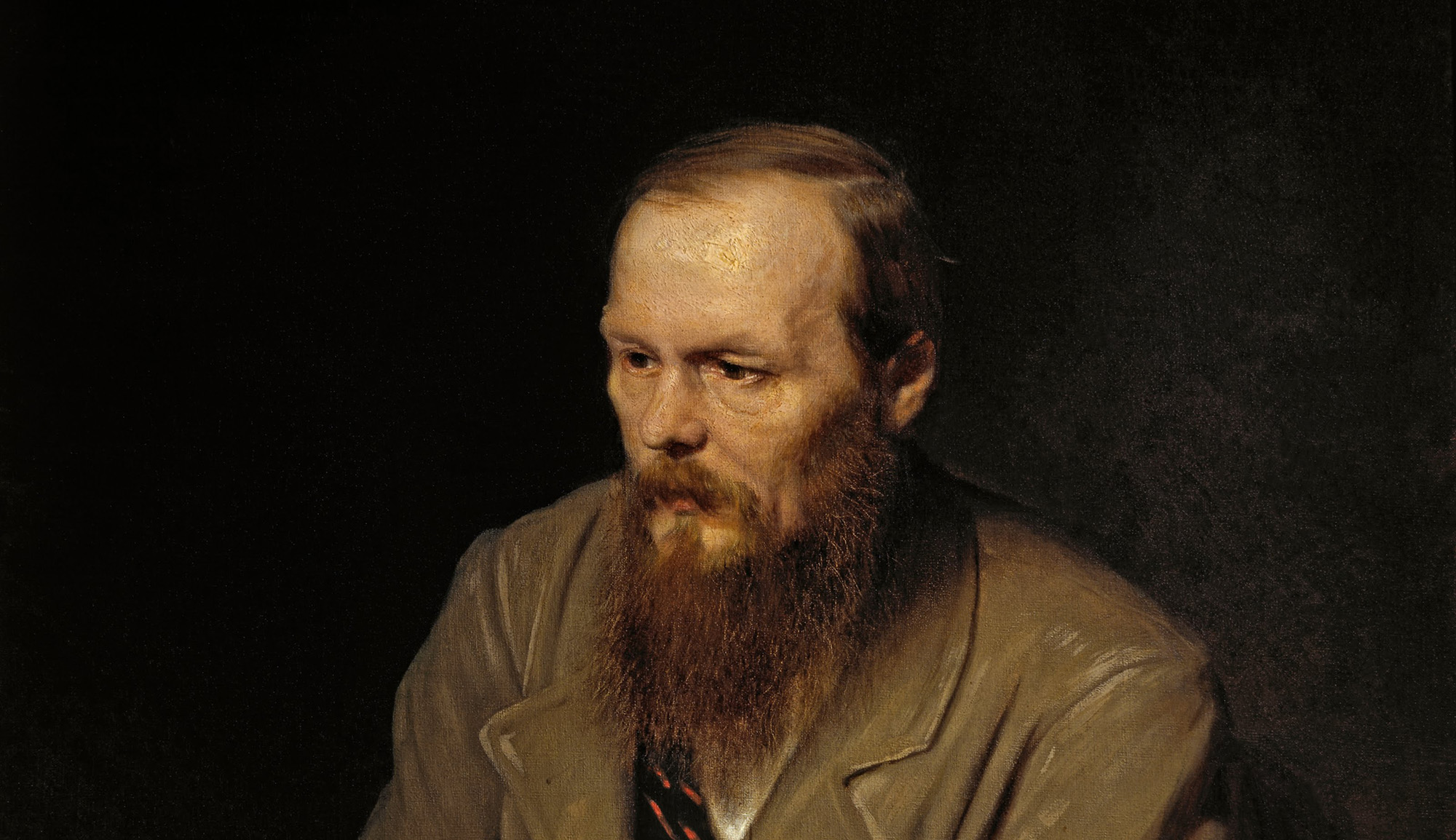While most of the great figures of East European Jewish literature of the last century wrote primarily in either Hebrew or Yiddish, or else in one of many Gentile languages, the poet and novelist Zalman Shneour (1887–1959) was a master of both tongues. He was also a disciple of the great Hebrew poet Ḥayyim Naḥman Bilaik and a close friend of the Zionist leader Vladimir Jabotinsky. The Israeli prime minister Menachem Begin was among his many admirers. Reviewing a recent study of Shneour’s work, Mikhail Krutikov writes:
Between the two world wars, Shneour was . . . unusually prolific: his works include two five-volume novels, Ignoramuses, Emperor and Rebbe, and a number of smaller, yet also significant works. The two most famous are the story collections Jews of Shklov and Uncle Zhome, both of which can be read as novels. In the years since his death, however, Shneour has been all but forgotten.
[Early in his career, Shneour] earned a reputation as Bialik’s successor in the field of Hebrew verse. A significant conceptual and aesthetic turn in his work occurred during World War I. Shneour spent those years in Berlin, where the Germans detained him as a Russian citizen. There he wrote his famous Hebrew epic, Vilna, a sort of poetic reconstruction of bygone Jewish life that had already begun to vanish in the . . . war.
Shneour had abandoned [his native town of] Shklov (in modern-day Belarus) when he was thirteen or fourteen years old, when he went off in search of the wider world. He had lived in Odessa, Vilna, Warsaw; later he studied in Switzerland, France, and Germany, and had visited the United States. He took refuge from the Holocaust in New York, and towards the end of his life, settled in Israel. In contrast to . . . other American Yiddish writers, [many of whom were socialists], Shneour never visited the Soviet Union. According to [some scholars], the reason for this was political, although it’s unclear whether Shneour was [overtly] involved in anti-Soviet activities while he was living in Paris in the 1920s and 30s.
More about: Hayyim Nahman Bialik, Hebrew literature, Jewish literature, Soviet Union, Vladimir Jabotinsky, Yiddish literature


